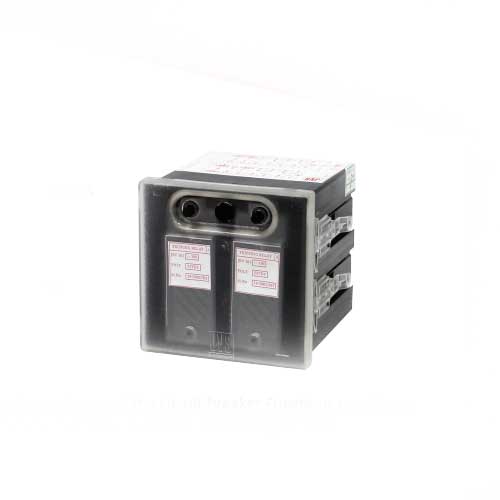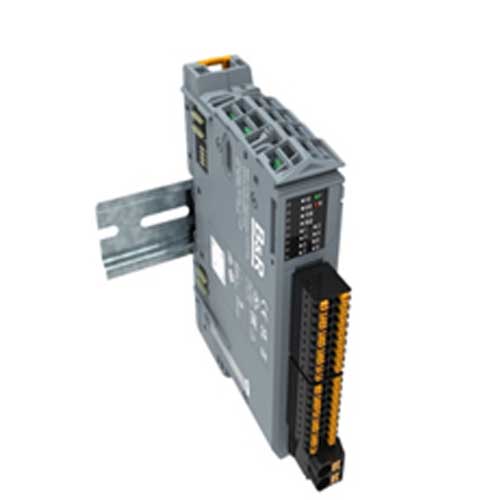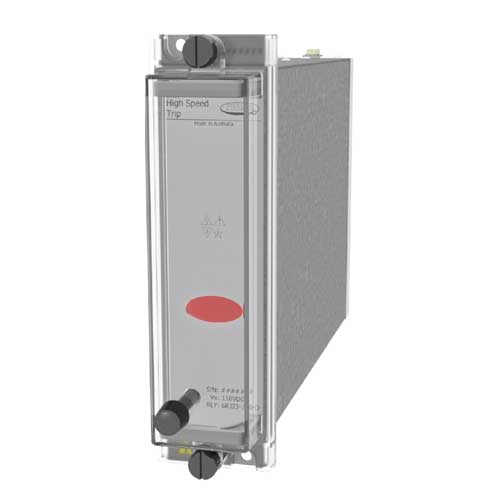Schedule a Call Back
Overview and Basic Design of Flex Shafts
 Technical Articles
Technical Articles- Apr 08,14
A brief overview of the flexible shaft world and the design aspects of the flexible shaft
The target of a flexible shaft is to transmit power or torque. There are several applications where no straight line is possible, sometimes there is a small misalignment to compensate or a transmission has to take place between moving components. In other cases one wants to control something in hazardous locations where there is no possibility of directly handling an application like in hot environments of steel production or in clean room applications, to avoid entering the areas. For all that different situations special flexible shafts can be designed to meet the requirement best.

For the design of a flexible shaft it is important to know how much torque has to be transmitted, how small the minimum radius for the shaft has to be, what speed (RPM) is required, in which environment the flexible shaft has to run and what is the preferred turning direction. The length is not so important for the torque but plays a role for the torsional deflection and has to be considered for those applications.
In the flexible shaft design not all these parameters can be stretched in all directions. For example, if more torque is required, the minimum radius goes down and with it the flexibility, if the minimum radius can be made small the torsional deflection will go up, which is for remote control cable not admirable.
Out of that reason in the flexible shaft business, two main design groups can be found. One is a torque transmission shaft, mainly for higher speed, continuous speed and pure torque transmission applications like speedo meter cable or shafts for drilling applications. Second is the torsion stable flexible shafts for mechanical remote cables, with low speed and focus on low torsional deflection, like for slide adjustments for stationary cutting machines for instant. Beside these, there are special cables like flocked shafts, hollow shafts, shafts with helix wire and so on. In the picture you see some samples.
To influence the specifications of the flexible shaft, the design, with the number of layers, the number of wires per layer or the dia of the wire, the material of the wire, with higher or lesser carbon, different tensile strength and different plating, and the setting of the winding machines can be used.
To understand the influence of the machine setting it has to be considered that the winding takes place on high speed and by giving small determined gaps, which will influence the flexibility of the shaft.
And thus it is logical that this speed and by that the gaps have to be exactly uniform. But the gaps are only one influential parameter, there are others like the tension of the wire, the spooling quality of the wire spools, the temperature of the operation and so on. Only an experienced operator can react fast to keep the quality at a high level.
The Suhner group is specialised in flexible shaft design and manufacturing and has today more than 100 years of experience with that product and the manufacturing equipment.
(Suhner India Pvt Ltd, Bangalore. Tel: 080-27831108. Mobile: 099723-00935. Email: transmission.in@suhner.com)
Related Products

High Speed Tripping Relay Two Element Relay - Jrv 181x2
JVS Electronics Pvt Ltd offers a wide range of high speed Read more

Plenty of Motion Possibilities in a Compact Housing
B&R Industrial Automation offers a wide range of plen Read more

High Speeed Tripping Relay Three Element Relay
JVS Electronics Pvt Ltd offers a wide range of high speed tripping relay three element relay - JRV 181x3.












